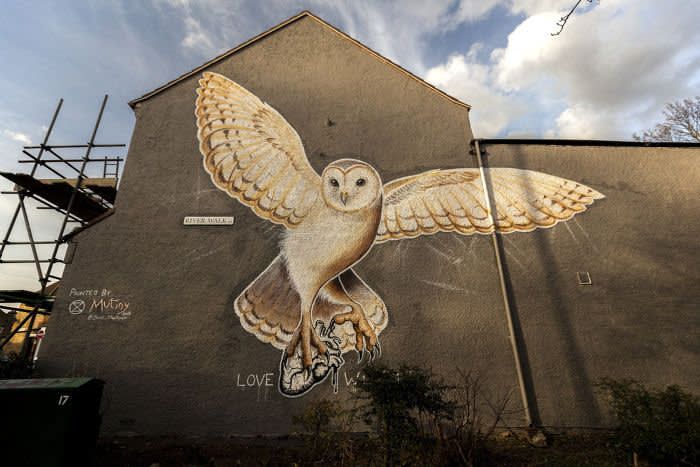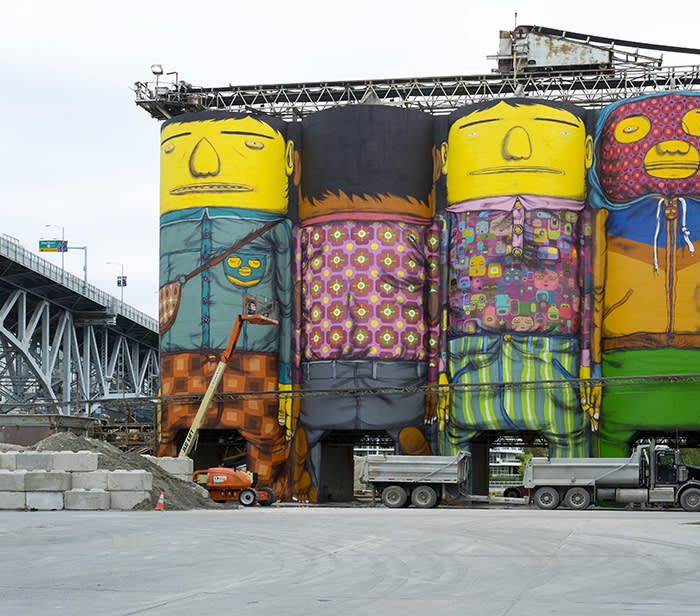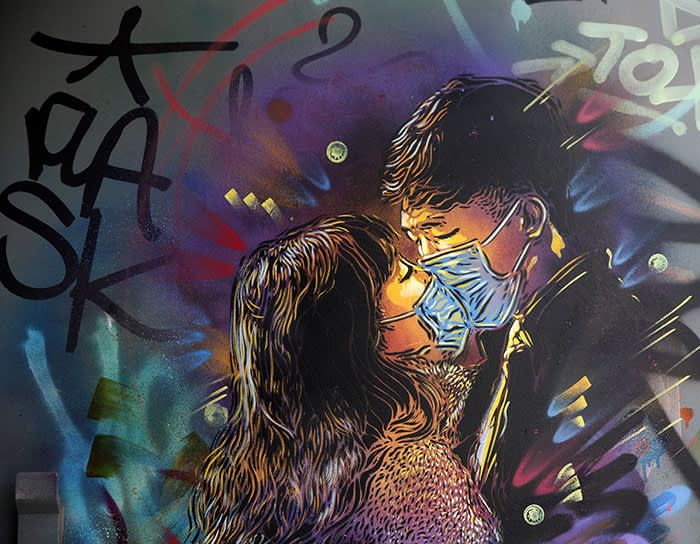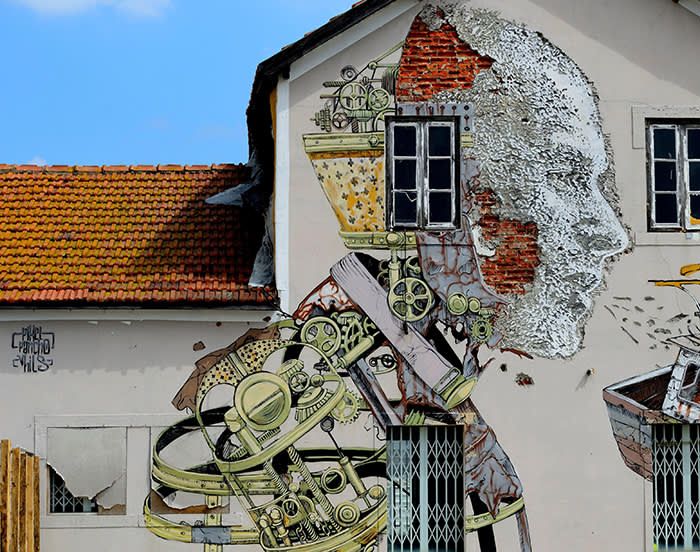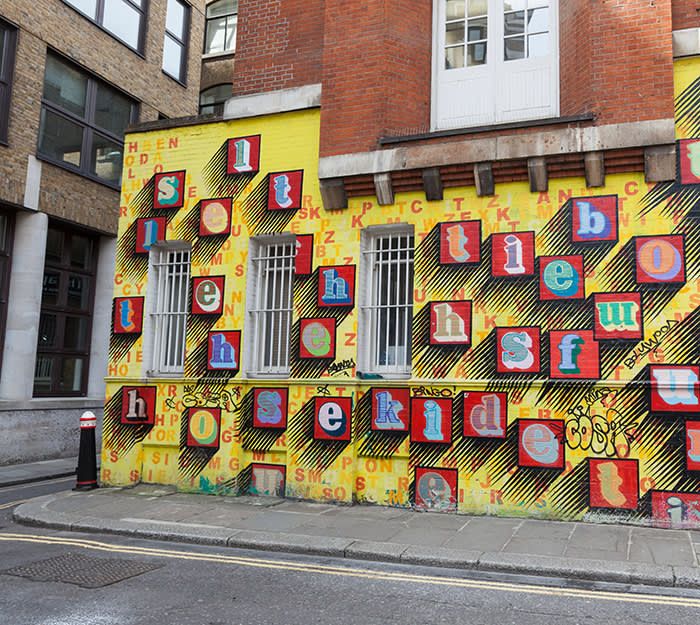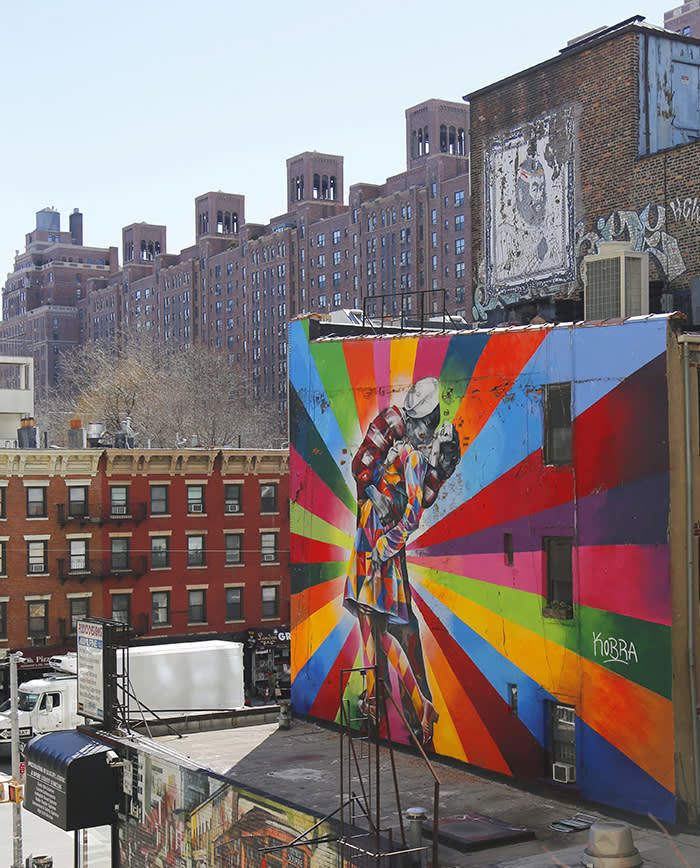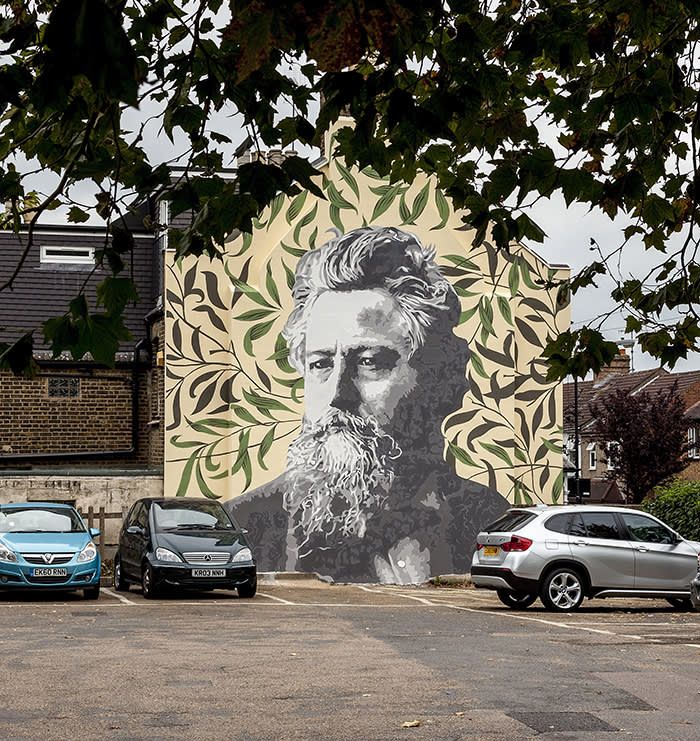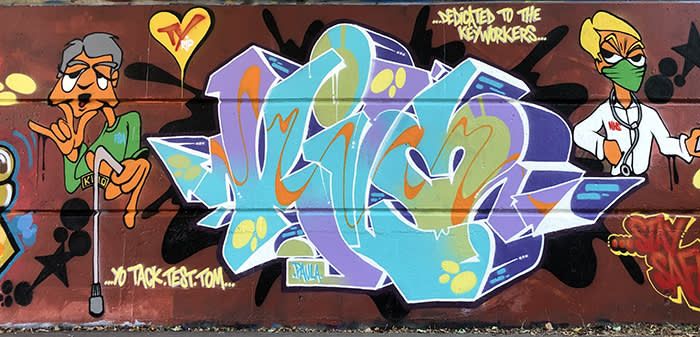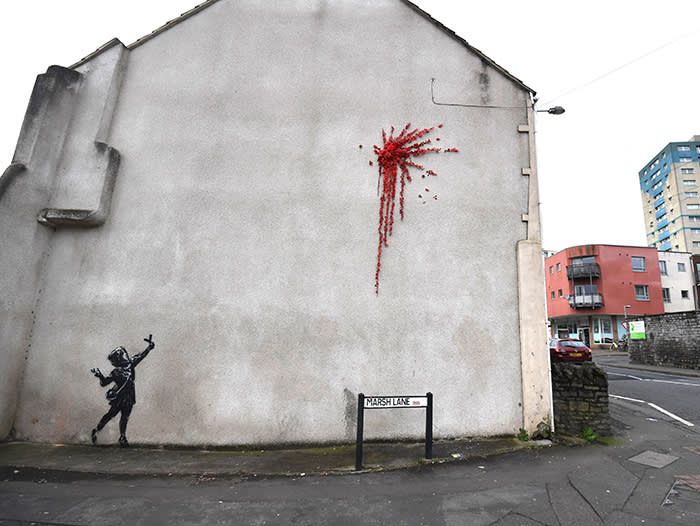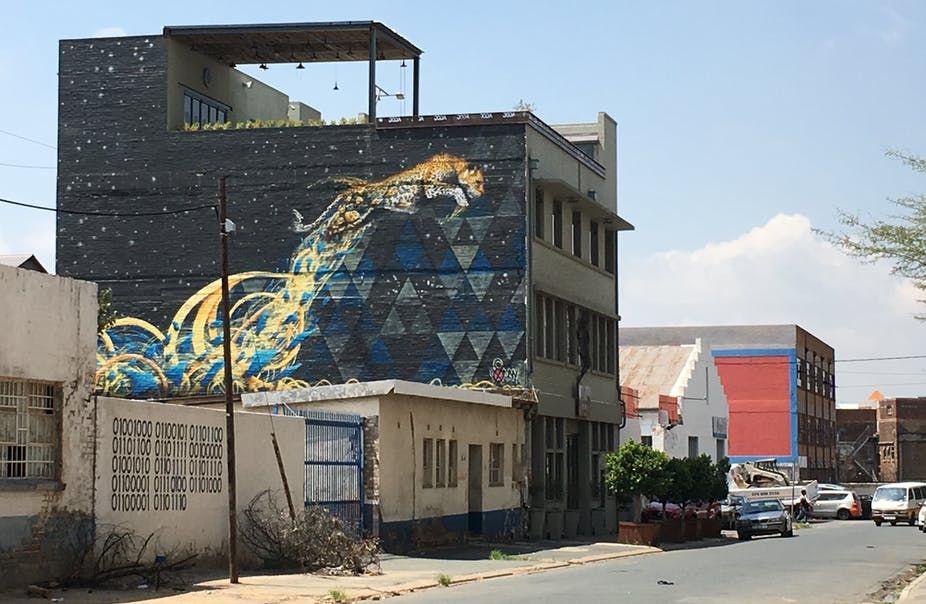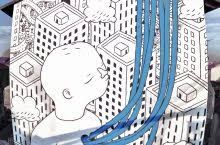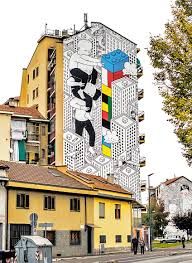New Method Of Urban Requalification
Street art was born as an illegal and rebel form of communication. Once considered as vandalism, nowadays, the art form is starting to be considered as an advantageous tool of urban renewal. Street art works are mainly common in areas of the city usually identified as suburbs and partially left abandoned both by citizens and the authorities. Street art is now starting to be used to revive and enhance every hidden area of the city. In an ancient city as Rome (Italy), for instance, where the gap between the historical centre and the suburban areas is clearly and dramatically visible in the architecture and the urban plan, private citizens are fighting to bridge this gap. The project MURo – Museum of Urban Art – was launched in 2010 in the suburb area of the Quadraro, located in the south-east areas of the town. It is a common project, where all the works have been discussed with the inhabitants of the district. Almost twenty artists have been called to add value to those places, with the shared aim to guide people in the re-discovery of their territory’s identity and memory. Among the artists are some renowned names including Lucamaleonte, Alice Pasquini and Diavù. The last one is one of the protagonist of another case of urban requalification of the city. Murals are popping out on the ruined walls of the building all over the district, teaching the pedestrian something about the history of the district. Diavù, for instance, painted the portrait of famous personalities– i.e. the actress Anna Magnani and Pier Paolo Pasolini, whose works are connected to the district – on the walls of an abandoned movie theatre called Impero in order to encouraged its reopening. The same phenomenon is happening in the district of Torpignattara, closer to the historical centre of Rome than the Quadraro but less fascinating and more isolated.
In an ancient city as Rome (Italy), for instance, where the gap between the historical centre and the suburban areas is clearly and dramatically visible in the architecture and the urban plan, private citizens are fighting to bridge this gap. The project MURo – Museum of Urban Art – was launched in 2010 in the suburb area of the Quadraro, located in the south-east areas of the town. It is a common project, where all the works have been discussed with the inhabitants of the district. Almost twenty artists have been called to add value to those places, with the shared aim to guide people in the re-discovery of their territory’s identity and memory. Among the artists are some renowned names including Lucamaleonte, Alice Pasquini and Diavù. The last one is one of the protagonist of another case of urban requalification of the city. Murals are popping out on the ruined walls of the building all over the district, teaching the pedestrian something about the history of the district. Diavù, for instance, painted the portrait of famous personalities– i.e. the actress Anna Magnani and Pier Paolo Pasolini, whose works are connected to the district – on the walls of an abandoned movie theatre called Impero in order to encouraged its reopening. The same phenomenon is happening in the district of Torpignattara, closer to the historical centre of Rome than the Quadraro but less fascinating and more isolated.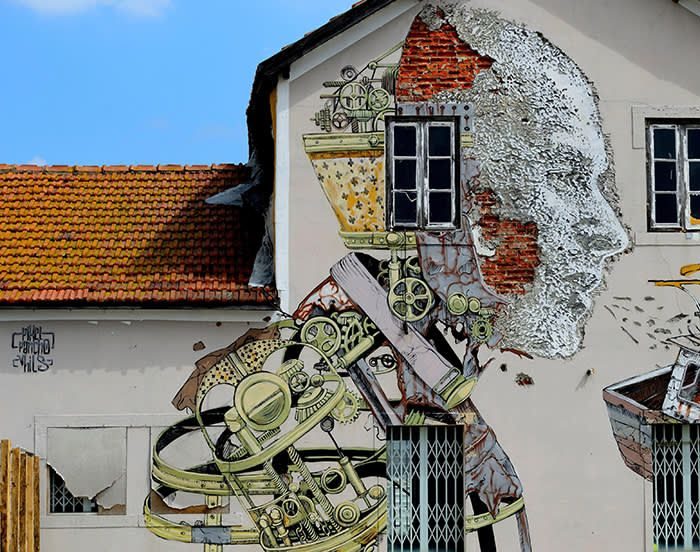
 Those two areas were almost unknown by the majority of the youth; thanks to those projects they have became popular areas of the city and unconventional tourist attractions. Tourists, photographer, or just art aficionados, are extremely attracted by those alternative art itineraries.
Those two areas were almost unknown by the majority of the youth; thanks to those projects they have became popular areas of the city and unconventional tourist attractions. Tourists, photographer, or just art aficionados, are extremely attracted by those alternative art itineraries.
The Italian city of Turin, located in the north of the country, hosts a bunch of these ‘outdoor galleries’. In the district of Barriera di Milano the industrial appearance has been replaced by an arty look. The street art project has become a concrete part of requalification. Millo, an internationally recognized Italian artist and street painter, gave the biggest contribution to the project ‘B.ART’. The project was finalised for the regeneration of the slummy districts through collaboration between artists, citizens and municipal administrators. The project finds its canvas in the bare facades of public and private buildings of Barriera, transformed into huge black and white work of art. Obviously, this phenomenon is arising in other parts of the world as well.
Obviously, this phenomenon is arising in other parts of the world as well.
In Oslo, Norway, the quarter of Grünerløkka, an old working class district, street art (including works by the above mentioned Alice Pasquini) encouraged the transformation of the district into a bohemian and arty area on the Akerselva river; or the Mission District, in San Francisco, and the Clarion Alley Mural Project.
Moreover, it needs to be said that the majority of those districts have been the set of phenomenon of migration, gentrification and all the inconvenience typical of a suburban area. We could say that what we are facing is a new phenomenon, the one of the new open air galleries –public and with free entry. Those alternative museums are moving the attention on the suburbs and creating a shift in the history of museums. Art was usually relegated to enclosed museums mainly built in the centre of the city or, at least, in easily reachable areas. The new outdoor galleries, conversely, are rising in the suburbs of the city – that once used to be avoided. Traditional museums are becoming modern agora, gathering places that are private and not free. These have been mostly built for the function of becoming ‘art containers’; whereas new museums take advantage of the pre-existing building facade, while giving them a new function. They become open air exposition walls, public and free to everyone. The architecture of the city is requalified and those areas once neglected areas narrated as poor and isolated by the inhabitants are quickly evolving into bohemian and arty places; where coffee bars, vintage and vinyl shops are incessantly popping out. The public perception of the suburbs is changing.
We could say that what we are facing is a new phenomenon, the one of the new open air galleries –public and with free entry. Those alternative museums are moving the attention on the suburbs and creating a shift in the history of museums. Art was usually relegated to enclosed museums mainly built in the centre of the city or, at least, in easily reachable areas. The new outdoor galleries, conversely, are rising in the suburbs of the city – that once used to be avoided. Traditional museums are becoming modern agora, gathering places that are private and not free. These have been mostly built for the function of becoming ‘art containers’; whereas new museums take advantage of the pre-existing building facade, while giving them a new function. They become open air exposition walls, public and free to everyone. The architecture of the city is requalified and those areas once neglected areas narrated as poor and isolated by the inhabitants are quickly evolving into bohemian and arty places; where coffee bars, vintage and vinyl shops are incessantly popping out. The public perception of the suburbs is changing. New map and itinerary are being traced, similar to the one of museums. Museum maps guide the explorer through an indoor path, while this brand new map – some of them also can be downloaded on the phone – put the visitor into contact with the urban fabric and reality. But here, the walkable path of the city is also marked by voices and sounds. The visitor became conscious of the main issues of the contemporary city and of all the effort made by the private citizens in order to solve them, he becomes aware of the history of his town.
New map and itinerary are being traced, similar to the one of museums. Museum maps guide the explorer through an indoor path, while this brand new map – some of them also can be downloaded on the phone – put the visitor into contact with the urban fabric and reality. But here, the walkable path of the city is also marked by voices and sounds. The visitor became conscious of the main issues of the contemporary city and of all the effort made by the private citizens in order to solve them, he becomes aware of the history of his town.
By: Alessandra Zucchetta


